One of the most common ways to understand how to play guitar chords, is by using the CAGED system.
The CAGED System is named after five sets of chords that can be played on the guitar neck: C, A, G, E, D.
These five chords can not only be played in their open string position, but can also be played along the neck starting on different frets.
By learning the different shapes of the C, A, G, E, D chord, guitar players can also improve their knowledge of bar chords, as well as come up with their own inversions of chords during their song writing. In this article, we will talk about the CAGED guitar chord system by using the major chords in each position.
Let’s get started.
Step 1: Understand the open positions
In the diagram above, we can see the basic shapes of the open positions of the C, A, G and E major chords. For all the music geeks out there, a major chord is defined by the interval of a major 3rd within the chord, making the tonality sound “happy” and upbeat.
Step 2: Recognise the intervals
To review some key music theory concepts, an interval is a gap between two notes, measured in half steps (one fret), and whole steps (two frets).
Some of you may have learned already how to tune the guitar without a tuner. Simply put, you would fret the 5th fret of the string below that you would like to tune, and use the tuners to tune up/down the note. In the case of B string, which is 4 frets above the open G note, you would fret 4th fret of the G string to sound the open B.
Thus, the same concept applies when building a bar chord version of any chord.
Let’s look at the C chord as a case study.
Step 3: Construct your bar chords
You can play many versions and shapes of the C chord on guitar.
Let’s look at three of them.
In the open position, you can see that there are no barred frets across the fretboard.
In the A shape, you can see that whilst the C note stays on fret 3 of the A string, the open G is translated to fret 5 of D, C from fret 1 of B to fret 5 of G and E from open to fret 5 of B. You can play this bar on 5 with your ring finger to makes it easier.
Finally in the E shape, you can see that all notes are moved down 4 or 5 frets down to sound the same note. Most notably (pun intended!), the C note is moved from fret 3 of A to fret 8 of low E.
So as a guitarist, you can use the C chord in many different ways, and chord voicings can be created based off these basic CAGED guitar chords.
For example, you may like to cut through the mix of a loud rock band and play C using the E shape. Or you may like to accompany singing and playing guitar with an open C string chord to give that extra shine.
Understanding the different shapes of each chord will help you expand your guitar chord vocabulary. Even better, remembering the note names will help you identify which guitar chord to transition to effectively.
So which guitar chords are you going to work on today?
How do you find bar chords in general?
I would love to help you with how to play guitar chords, so leave a comment below with your thoughts.
Happy strumming!
Justin



